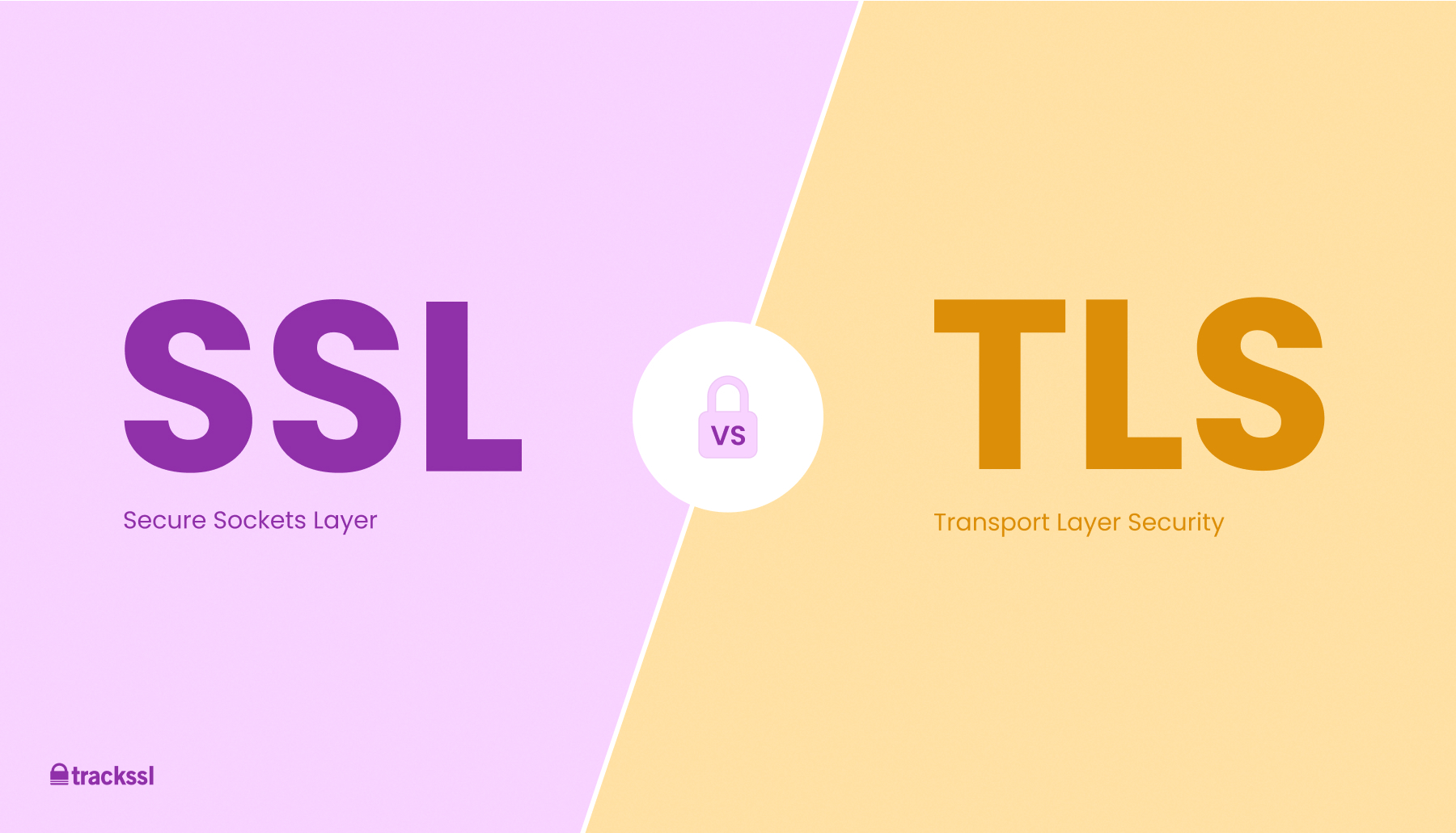In the vast expanse of the digital age, where information traverses the ether in fractions of a second, the security of data has become paramount. Encryption protocols play a pivotal role in safeguarding online communications, but two names often surface in discussions regarding digital security: SSL (Secure Sockets Layer) and TLS (Transport Layer Security). While these terms have become somewhat synonymous in the eyes of the cyber-commons, their distinctions remain crucial for understanding how they protect our online interactions. This article delves into the intricacies of SSL and TLS, exploring their operational dynamics, historical evolution, and the overarching question of which protocol safeguards your browser more effectively.
Understanding the Basics: SSL and TLS Defined
At its core, SSL is a cryptographic protocol designed to provide secure communication over a computer network. Initially introduced by Netscape in the mid-1990s, SSL underwent numerous iterations before its eventual obsolescence. TLS was developed as its successor, incorporating enhancements to address vulnerabilities inherent in SSL. Despite the technological advancements, the terms SSL and TLS are frequently used interchangeably, leading to a lack of clarity regarding their distinct identities.
The Evolution of Encryption Protocols
To comprehend the relationship between SSL and TLS, one must journey through the annals of their development. SSL debuted as version 1.0, and while it established a fundamental framework for encrypted communication, it was rife with security flaws. The subsequent SSL 2.0 and SSL 3.0 versions were released, however, the latter ultimately proved insufficient against modern security threats.
This precipitated the arrival of TLS 1.0 in 1999, which aimed to rectify SSL’s vulnerabilities. TLS has continued to evolve, with TLS 1.1, TLS 1.2, and the recent TLS 1.3 version, each iteration fortified against contemporary security risks. Consequently, TLS often eclipses SSL in discussions concerning secure communication.
Protocols in Action: How SSL and TLS Function
Both SSL and TLS operate through a series of handshakes that establish a secure connection between the client (browser) and the server (website). The handshake process involves the negotiation of various parameters, including encryption algorithms, session keys, and authentication practices. However, it is essential to distinguish how these protocols achieve secure communication.
Upon initiating a secure session, the implementing protocol will facilitate a mechanism for encrypting data. SSL employs a stream cipher or block cipher for data encryption, which can be vulnerable to certain types of attacks. Conversely, TLS incorporates more sophisticated encryption techniques, ensuring a more robust defense against eavesdroppers seeking to intercept sensitive information.
Security Features Unique to TLS
The transition from SSL to TLS encompassed a host of innovative features aimed at fortifying security. For instance, TLS utilizes stronger cryptographic algorithms, allowing for a more secure handshaking process. Additionally, TLS supports Perfect Forward Secrecy (PFS), a property ensuring that session keys are not compromised, even if the long-term key is exposed. This aspect is particularly crucial for maintaining data confidentiality over time.
Moreover, TLS includes protection against certain types of attacks, such as replay and man-in-the-middle attacks, through sophisticated mechanisms that verify the authenticity of parties involved. These security enhancements render TLS a more formidable guardian of digital communication.
Safeguarding Your Browser: The User’s Perspective
For end-users, the distinction between SSL and TLS is often abstract, yet it bears significant implications for one’s online experience. Browsers have progressively phased out SSL in favor of TLS, a shift that underscores the latter’s superiority in safeguarding users’ data. Modern browsers, such as Google Chrome and Mozilla Firefox, now prominently display warnings when sites attempt to use the outdated SSL protocols.
Nevertheless, the presence of TLS alone does not automatically translate to security. Factors such as implementation, the choice of encryption algorithms, and keeping server software up-to-date also play critical roles in ensuring a secure user experience. Users must remain vigilant, discerning between secure (HTTPS) and insecure (HTTP) sites. The lock icon in the address bar, indicative of a secure connection, is a reassuring symbol of the protective measures afforded by TLS.
The Future of Encryption Protocols: A Looking Glass
The trajectory of encryption technology is continually evolving. As cyber threats become increasingly sophisticated, the protocols that protect online transactions must adapt and advance correspondingly. TLS, currently the gold standard for secure communications, will need to undergo further iterations to address emerging challenges in the cybersecurity landscape.
The advent of quantum computing, for instance, poses a prospective paradigm shift, necessitating the development of quantum-resistant cryptographic algorithms. While TLS 1.3 represents the latest in secure communication protocols, discussions surrounding the integration of quantum-resistant features are already underway.
Concluding Thoughts: The Imperative of Staying Informed
In conclusion, the battle between TLS and SSL is not merely a matter of technical terminology; it embodies a critical discourse on the safety of digital information exchange. As browsers and servers implement progressive security measures, users must stay informed about the evolving landscape of encryption protocols. TLS, with its enhanced security features and adaptability, stands as the bulwark against contemporary cyber threats. By understanding the differences and implications of these encryption protocols, users can navigate the internet with greater confidence, knowing that their data is shielded against prying eyes.








Leave a Comment